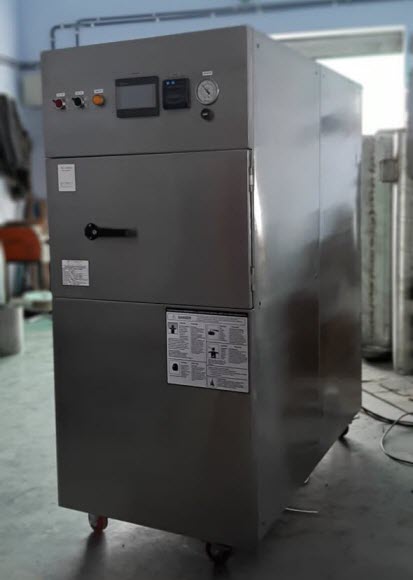Many facilities that sterilise medical devices use ethylene oxide, to ensure their products are contaminant-free. However, a series of events have raised serious questions about the safety of this equipment. As a result, the FDA is focused on encouraging novel ways to sterilize medical devices while reducing adverse impacts on public health and preventing potential device shortages. It’s also examining whether new alternatives to ETO sterilization can provide a safe and cost-effective solution for medical facilities, which are inundated with devices.
In order to ensure a sterilization process is effective, it must be designed specifically for the products and packaging being sterilised. This requires expertise from process engineers and experienced designers who can work together to develop a sterilization cycle that is appropriate for the product and its packaging.
The Importance of Monitoring & Documentation
In addition to verifying the sterility of the equipment, the sterilization process itself must be monitored. This is done with a variety of indicators, including chemical, biological and external. This can be accomplished with a combination of manual and automated methods, but it is often necessary to have dedicated personnel or a team of staff members responsible for overseeing this aspect of the facility’s operation.
It is essential that the sterilization cycle be optimized for the specific product and packaging being sterilised, especially for more sensitive items or materials that require special equipment or sensors.

The Importance of Requalification
Requalification is a necessary step in the sterilization process and should be completed at least once per year. This can be a pen-and-paper change assessment or actual testing of the device to ensure it is still performing as expected.
This requalification should include profiling the empty chamber to evaluate the performance of the sterilizer. This process involves placing temperature and humidity probes throughout the chamber and running preconditioning, sterilization and aeration cycles to monitor performance.
The requalification is also a good opportunity to assess the device’s resistance, or how much it resists EO. This is an important consideration because it can lead to a lower cost of maintenance and increased productivity.
Requalification also allows hospitals to track the sterility of their equipment, which can help determine what needs to be changed to ensure a safer, more effective process. This can help prevent outbreaks of infectious diseases in the future.
It is also important to note that requalification does not have to be performed every time a design changes, or if the sterilisation process is changed. It is not always necessary, but it is certainly helpful to have a record of how things are going at any given point in time.
Frequently Asked Questions
1. Why is the safety of ethylene oxide (ETO) sterilization equipment a concern?
A. The safety of ETO sterilization equipment has raised concerns due to events that have questioned its impact on public health. The FDA is focused on finding safer alternatives and reducing adverse effects on public health while ensuring medical device availability.
2. How can the sterilization process be optimized for specific products and packaging?
A. The sterilization process must be designed specifically for the products and packaging being sterilized. This requires collaboration between process engineers and experienced designers to develop a sterilization cycle appropriate for the specific product and its packaging.
3. What is the importance of monitoring and documentation in sterilization?
A. Monitoring and documentation are crucial in the sterilization process. The sterility of the equipment must be verified, and the sterilization process itself must be monitored. This is achieved through various indicators, including chemical, biological, and external methods. Dedicated personnel or a team is often responsible for overseeing this aspect of the facility’s operation.
4. Why is requalification important in the sterilization process?
A. Requalification is a necessary step in the sterilization process and should be performed at least once per year. It ensures that the sterilizer and devices are still performing as expected. Requalification involves evaluating the performance of the sterilizer by profiling the empty chamber with temperature and humidity probes. It also helps assess the device’s resistance to ETO, which can impact maintenance costs and productivity.
5. How does requalification benefit hospitals and prevent infectious diseases?
A. Requalification allows hospitals to track the sterility of their equipment. It helps identify any necessary changes to ensure a safer and more effective sterilization process. By monitoring and maintaining sterility, requalification helps prevent outbreaks of infectious diseases in the future. It also provides a record of the process’s performance at different points in time, even if there are design changes or modifications to the sterilization process.





